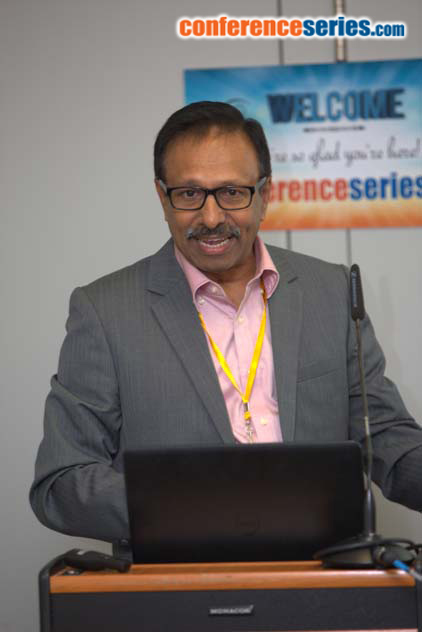
Thirumany Sritharan
Nanyang Technological University, Singapore
Title: Solar assisted water splitting in a photoelectrochemical cell
Biography
Biography: Thirumany Sritharan
Abstract
One of the important practical issues in solar energy harvesting is energy storage as solar radiation varies hourly and seasonally. The common practice is to store energy in batteries. An alternative possibility is to store them in the form chemicals from which the energy could be regained subsequently. This is called solar fuels and there is keen interest in them now. Hydrogen is a simple form of chemical energy which could be readily converted to thermal energy. Obtaining hydrogen by electrolytic splitting of water is an established process. However, this uses significant electrical energy. In solar fuel production we intend to use photons to aid the water splitting in an electrochemical device to reduce the energy requirement for splitting water. The photoelectrochemical (PEC) cell is one such device that is being examined for this purpose. This work deals with the development of large anodes of active area about 25 cm2 for water splitting in a PEC cell. Oxides responsive to visible light such as Fe2O3, BiVO4 were investigated as photoactive anodes. Such investigations have previously concentrated on small area anodes such as 2 to 5 cm2. In this work we designed and built a large PEC cell to take anodes of typical size 5x5 cm. We produced and tested BiVO4, samples for their performance. The practical problems encountered in translating small scale anodes to large areas will be highlighted and discusses. Increasing the illumination area generally resulted in loss of photo current density. This loss is caused by several factors which must be understood to take corrective actions to improve the current. The stability and degradation mechanism of BiVO4 is of particular interest as it is known to be less stable than Fe2O3. The mechanistic insights into the degradation will be analyzed with experimental data as direct evidence.


